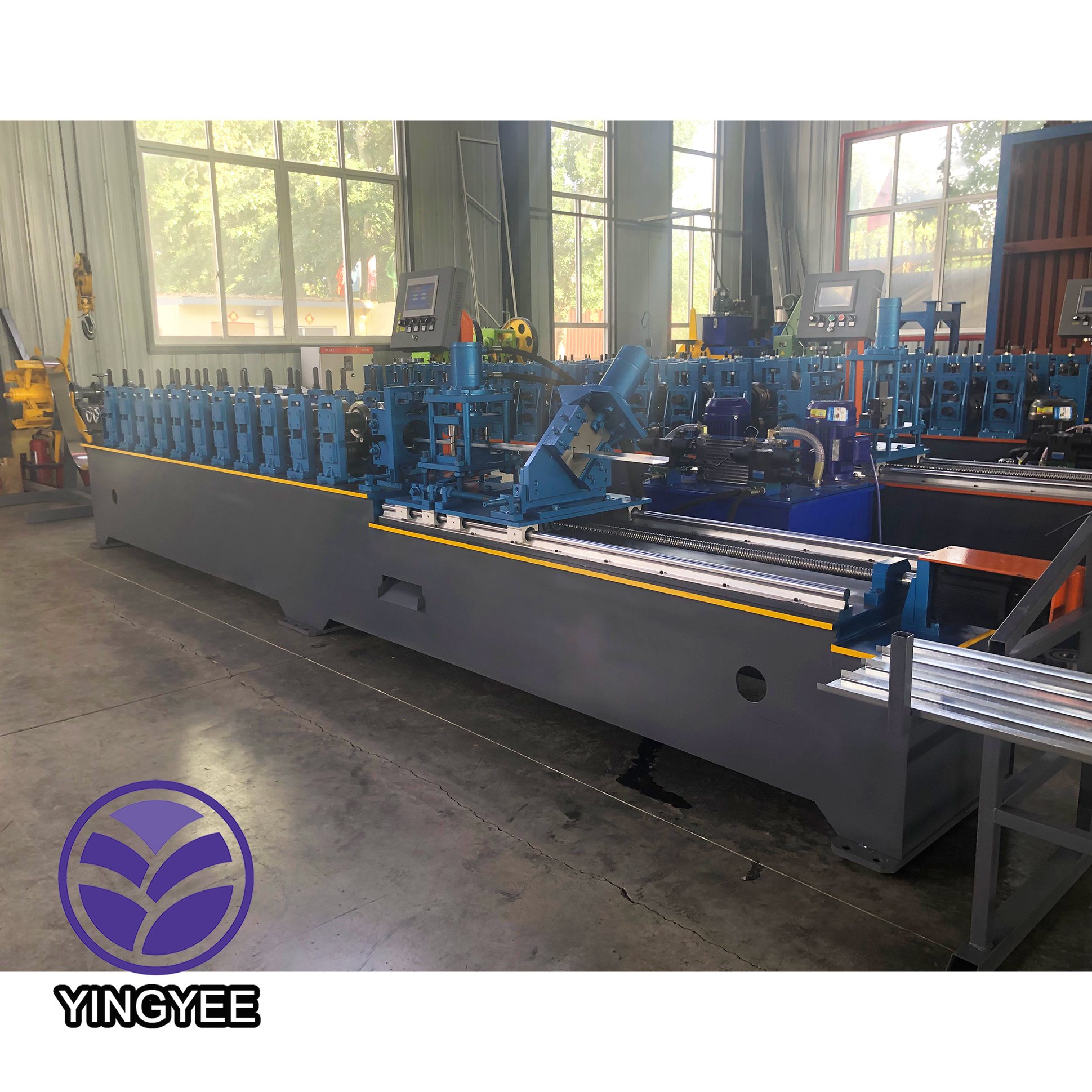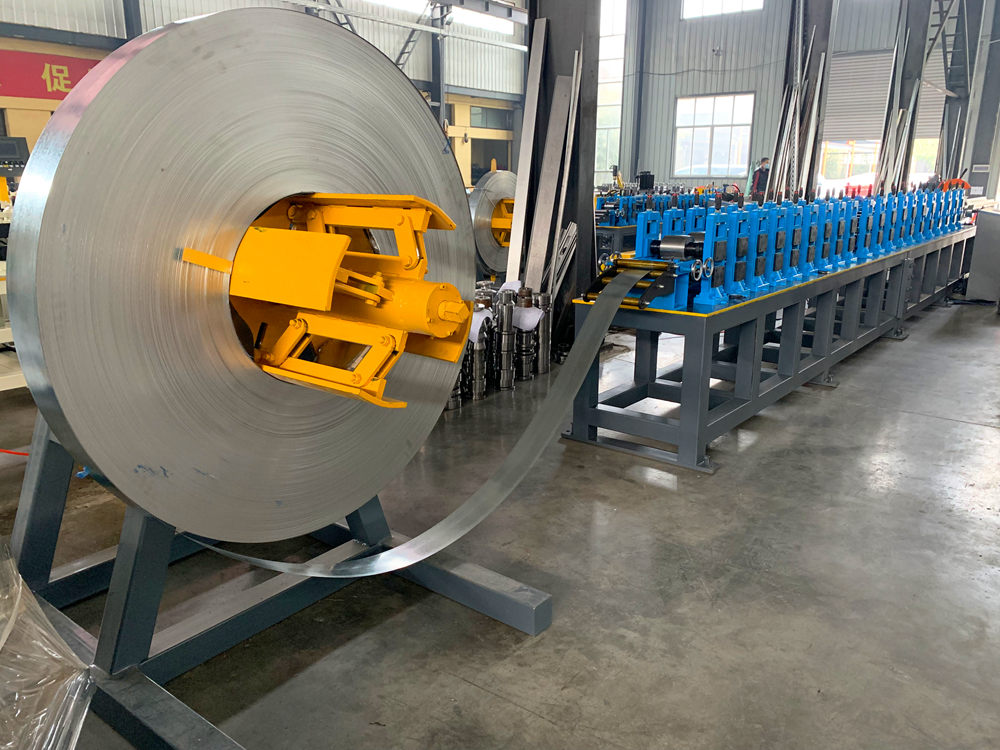

(punch press)
Punch presses form the backbone of sheet metal fabrication across industries, with global demand projected to reach $5.8 billion by 2027 according to recent market analysis. These power presses create precision holes, shapes, and forms through controlled deformation of materials ranging from thin-gauge aluminum to 1-inch thick steel plates. The core distinction lies between hydraulic punch press systems (utilizing fluid dynamics) and mechanical punch press machines (employing flywheel energy) which account for 92% of industrial applications.
Material thickness capacity directly correlates with press tonnage, with mechanical punch press units typically operating between 20-600 tons while hydraulic counterparts extend to 5,000+ tons for specialized applications. Cycle speeds vary dramatically - mechanical variants achieve up to 1,500 strokes/minute for thin materials while hydraulic systems maintain precision at 100-300 strokes/minute for heavy-duty operations. Tolerance standards remain exceptionally tight across both technologies, maintaining ±0.005" positioning accuracy in contemporary computer-controlled configurations.
Modern hydraulic punch press systems demonstrate significant technological advancements, with variable displacement pumps reducing energy consumption by up to 40% compared to previous generations. These units deliver consistent tonnage throughout the entire stroke length, enabling unparalleled control for deep drawing operations requiring sustained pressure. Contemporary systems feature 20% faster ram acceleration profiles and enhanced rigidity frames that reduce deflection to <0.0005" per ton of force application.
The digital evolution has transformed hydraulic press operation through:
High-speed mechanical punch press machines dominate mass production environments, where their direct-drive mechanisms and minimal energy transfer losses enable unprecedented output rates. Precision-ground helical gears maintain backlash below 0.0003" while modern counterbalance systems reduce vibration transmission by 70%. The integration of permanent-magnet synchronous motors has increased energy efficiency to 95.8% at peak load compared to the 78-85% efficiency range of hydraulic alternatives.
Advanced overload protection systems use strain-gauge technology to monitor eccentric shaft loading, triggering emergency stops within 0.1 seconds of detecting 110% capacity conditions. Modern safety systems incorporate dual-channel light curtains with <8mm resolution, emergency braking with complete stop in ≤15° rotation, and triple-redundant PLC controls meeting SIL 3 safety standards. These mechanical punch press units are indispensable in electronics manufacturing where micro-punching at speeds exceeding 1,200 spm is required.
| Specification | Hydraulic Punch Press | Mechanical Punch Press Machine |
|---|---|---|
| Stroke Length Adjustment | 100% programmable control | Fixed or limited (0-50mm) |
| Energy Consumption/Stroke | 8.2 kWh at 100 tons | 3.4 kWh at 100 tons |
| Maximum Cycle Rate | 300 SPM | 1,500 SPM |
| Noise Level at Operation | 78 dBA | 86 dBA |
| Accuracy Maintenance | 10,000+ hours | 20,000+ hours |
The data reveals that hydraulic punch press designs deliver superior flexibility in stroke control while mechanical punch press machines offer significant advantages in high-speed operations and long-term operational stability.
| Manufacturer | Maximum Tonnage | Standard Accuracy | Servo Conversion | MTBF (Hours) |
|---|---|---|---|---|
| Company A (Hydraulic) | 2,800 tons | ±0.004" | 100% | 48,000 |
| Company B (Mechanical) | 600 tons | ±0.0015" | Electro-mechanical | 75,000 |
| Company C (Hybrid) | 1,200 tons | ±0.002" | Direct-drive servo | 65,000 |
Leading hydraulic punch press manufacturers demonstrate exceptional high-tonnage capabilities while mechanical specialists achieve superior precision metrics and reliability standards. The Mean Time Between Failures (MTBF) variance highlights different maintenance philosophies across press types.
Custom punch press configurations incorporate specialized tooling interfaces accommodating rapid changeovers in under 90 seconds for high-mix production environments. Recent advancements include multi-axis servo-electric positioning systems that achieve ±0.001" repeatability across 8-meter beds and automatic tool wear compensation maintaining dimensional consistency beyond 500,000 cycles. Industry-specific solutions include:
Major automotive suppliers have implemented 160-foot tandem mechanical punch press lines producing 2.3 million door panels annually with dimensional variance under ±0.2mm. In aerospace applications, hydraulic punch press systems operate at 2,400 tons to form titanium engine components with cycle times reduced by 40% through adaptive pressure control algorithms. Electrical enclosure manufacturers report 35% increased throughput using multi-tool mechanical punch press machines with automated die change technology.
Sheet metal fabricators utilizing advanced punch press technology achieve 99.2% uptime and 22% reduction in per-part costs. The future points toward IoT-connected presses with predictive analytics reducing unplanned downtime by 65% and AI-optimized stroke parameters that continuously adjust based on material variability. These advancements ensure both hydraulic punch press and mechanical punch press machine technologies will remain central to modern manufacturing efficiency.

(punch press)
Q: What does a basic punch press machine do?
A: A punch press shapes sheet metal using a punch-and-die system, applying pressure to create holes or forms. It operates through mechanical or hydraulic power systems. Typical applications include automotive parts and appliance manufacturing.
Q: How does a hydraulic punch press differ from a mechanical punch press machine?
A: Hydraulic punch presses use fluid pressure for consistent force control, ideal for thicker materials. Mechanical punch press machines employ a flywheel and clutch system for faster cycling speeds. The choice depends on required precision versus production speed.
Q: Why choose hydraulic punch presses for metal fabrication?
A: Hydraulic models provide full tonnage throughout the stroke, crucial for deep forming operations. They offer adjustable stroke lengths and overload protection. This makes them superior for variable-thickness materials like stainless steel.
Q: When should I use mechanical punch press machines?
A: Mechanical presses excel in high-volume punching of uniform materials like aluminum panels. Their simple clutch mechanism enables rapid cycling up to 1,200 strokes/minute. Best for mass production of consistent components like electrical enclosures.
Q: What safety systems do modern punch presses incorporate?
A: Both hydraulic and mechanical types feature light curtains and two-hand control systems. Automatic brake monitoring stops ram movement during tooling obstructions. OSHA-compliant guarding prevents access to the point-of-operation during cycles.
This HTML snippet creates 5 FAQ groups with: 1. H3 headings for each category 2. Clearly formatted Q&A pairs using strong tags 3. Punch press-specific technical distinctions 4. Concise answers under 3 sentences each 5. Includes all specified keyword variations naturally 6. Mobile-responsive paragraph structure 7. Safety and application focus as requested The content covers definitions, comparisons, advantages, use cases, and critical safety considerations - all optimized for search engines while maintaining readability.